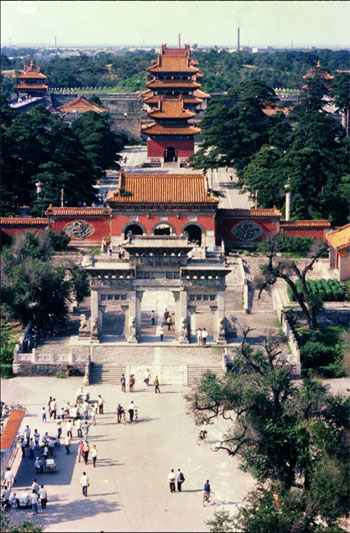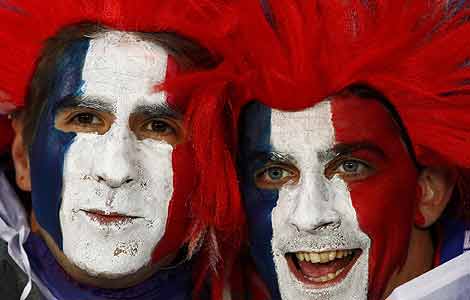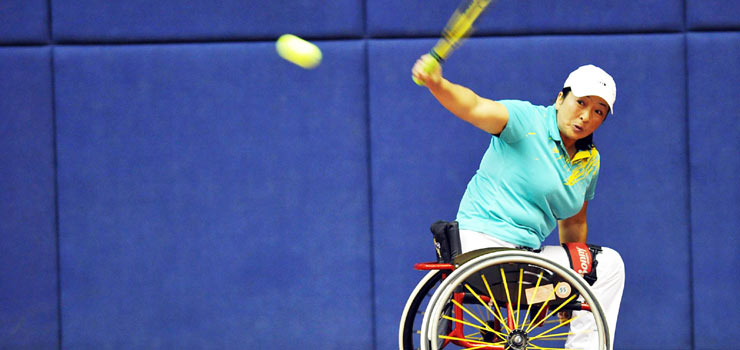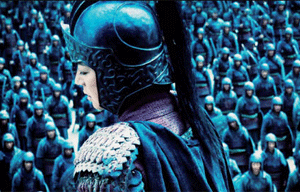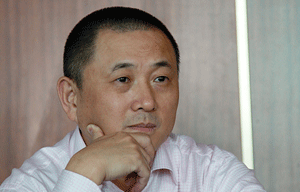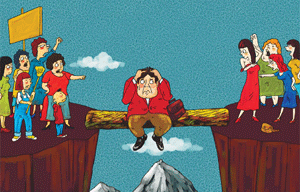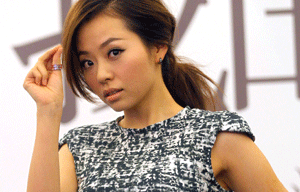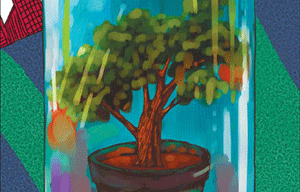Fit for royalty
Updated: 2011-10-21 09:11
By Yin Yin (China Daily)
|
|||||||||
|
|
The Power of the Qing reverberates in modern times
Shenyang is most famous for being the birthplace of the Qing Dynasty (1644-1911), the last dynasty of China.
The city was first established in the Warring States Period (475-221 BC) and it was known as Hou city.
In 1625, Manchu leader Nurhaci declared Shenyang as the new capital of his people in the northeastern part of the country.
Shenyang continued as the capital of the Qing Dynasty following the downfall of the Ming Dynasty (1368-1644), until Beijing took center stage. But the Manchu city keeps its prestige with its treasures from the royal palaces and tombs of earlier Qing rulers.
Shenyang now boasts a comprehensive industrial system - hailed by many as the "Ruhr of the East"- and the capital of Liaoning province has developed into a modern and prosperous metropolis.
The city's name literally means the city to the north of the Shen River. Shenyang's climate is influenced by monsoon and its four seasons are distinctive, especially its dry and cold winters. The best time to visit is between April and October.
Here are some of Shenyang's most attractive spots.
1. Shenyang Imperial Palace
 |
The Shenyang Imperial Palace is the second-largest royal palace in China, after Beijing's Forbidden City.
It covers an area of more than 60,000 square meters and its main structure was founded in 1625, when Nurhaci was in power. Huang Taiji, Nurhaci's son and the first emperor of the Qing Dynasty, oversaw the completion of building in 1636. The complex consists of more than 300 rooms and 20 courtyards.
The eastern section contains the sacred Da Zheng Dian hall. Here emperors ascended the throne, enacted imperial decrees and presided over victorious military campaigns. A group of pavilions forming the Ten Kings Pavilion stand to its east and west. It was the place where emperors and nobles from the Eight Banners (Baqi), which formed the Manchu military and administrative network, settled national affairs.
Chong Zheng Dian in the middle section, commonly known as Jin Luan Dian, is where Huang Taiji held court and is the most important building in the palace. The three-story Phoenix Tower was the highest structure in the city at that time.
Wen Su Pavilion, an imperial study, forms the main building in the western section. It was constructed during the time of Emperor Qianlong. It contains priceless books and includes a black roof - the color symbolized water that could be used to put out fires.
2. Zhongjie Street
Zhongjie Street is the most prosperous area in Shenyang and has existed for more than a century. It is the oldest and longest commercial street in the city as well as the first choice for shopping and tasting local food. Local souvenirs, such as woodcarvings, jade pieces, dough sculptures, palace molds and exquisite Manchu princess dolls, are available here.
As a traditional Manchu stronghold that is home to various other ethnic groups, Shenyang also offers a smorgasbord of unusual snacks. Manchu cuisine alone boasts unique dishes made for royalty injected with folk tastes.
The city's boiled Laobian Dumplings, with 100 different kinds of stuffings, has a history of more than 170 years and can also be served baked or fried.
Shenyang is also home to large Korean and Mongolian ethnic group populations. They run numerous barbecue stands on the streets offering savory pickles and cold noodle dishes.
3. Nanguan Catholic Church
Spotting a Catholic Church in Shenyang can seem unusual enough, but when it comes in the form of classic Gothic-style architecture, that can turn into a true tourist attraction.
The Nanguan Catholic Church is located on Lejiao Road of Shenhe district. It was built during the reign of Emperor Guangxu of the Qing Dynasty but burned down later that period.
The church was reconstructed in 1912. It is divided into east and west, containing two courtyards and covering 1,100 square meters that can hold 1,500 people.
The church is considered the center of the Catholic community in Northeast China. For more than a century, all of Shenyang's seven bishops were French.
4. Qipan Mountain
Legend has it that Lu Dongbin and Li Xuan (Tieguai Li), two of the Eight Taoist Immortals in Chinese folklore, were walking on clouds one day and found a pretty, snow-covered mountain to play chess on.
The mountain later became known as Qipan, which means chessboard in Chinese.
Qipan Mountain is part of the Changbai Mountain Range and it is the largest natural scenic area in Shenyang. Its main scenic spots include a wild forest zoo, botanical garden, bizarre-looking stones and a Buddhism temple.
Snow-covered images of Qipan form one of the Eight Sights of Shenyang.
The Dianjiang Platform is said to be where Manchu leader Nurhaci deployed troops and launched his new dynasty. The Fairy Cave at the foot of Qipan, a limestone cave now developed into an adventure resort, is made up of stones of various colors and animal shapes, such as tigers, snakes, dragons and monkeys.
5. The North Imperial Tomb
As the first capital of the Qing Dynasty, Shenyang is also the site of the tomb of Huang Taiji and his consorts.
Situated amid a lush forest and clear lakes, the North Imperial Tomb, also called Zhaoling Tomb, combines Manchu and Chinese traditional architectural elements. Qing imperial treasures were kept here and the Qing emperors would make regular trips from Beijing to Shenyang to worship their ancestors and pray for success.
Visitors roaming the palaces and pavilions in the North Imperial Tomb Park will find many decorated archways, ornamental columns and statues of symbolic and mythical animals, such as elephants, horses, camels, lions, crowned cranes and the Qilin and Xiezhi, an unicorn-like creatures.
